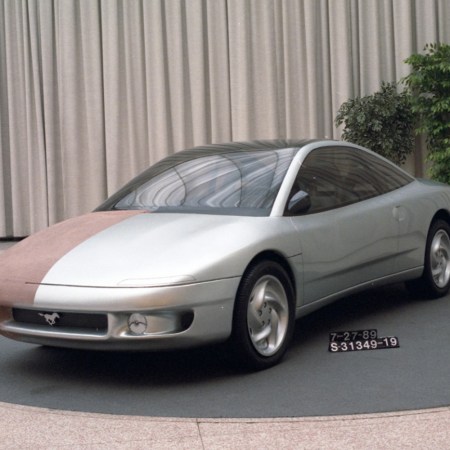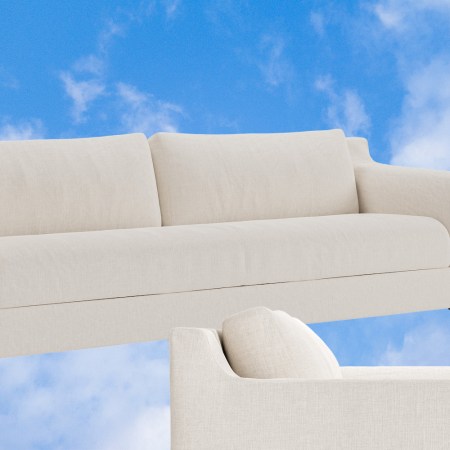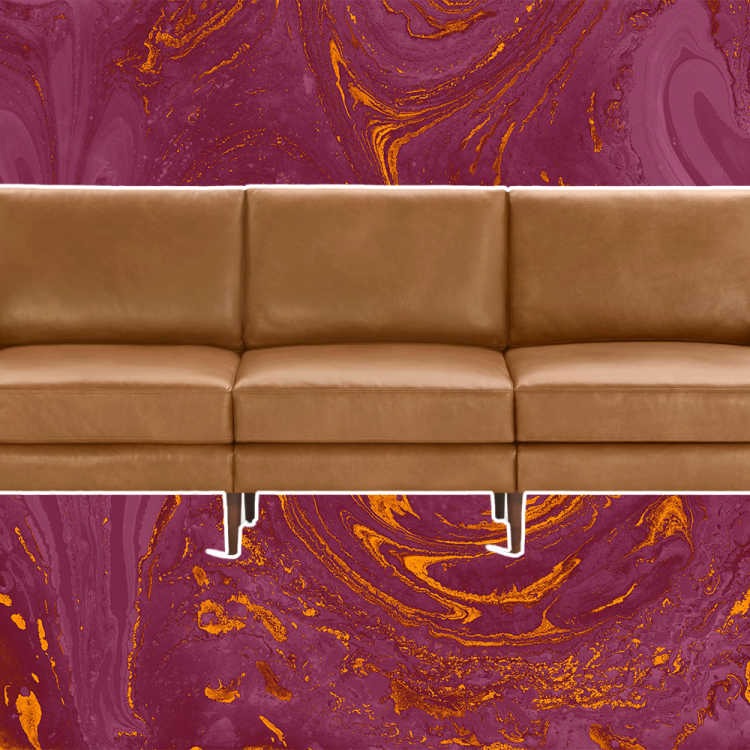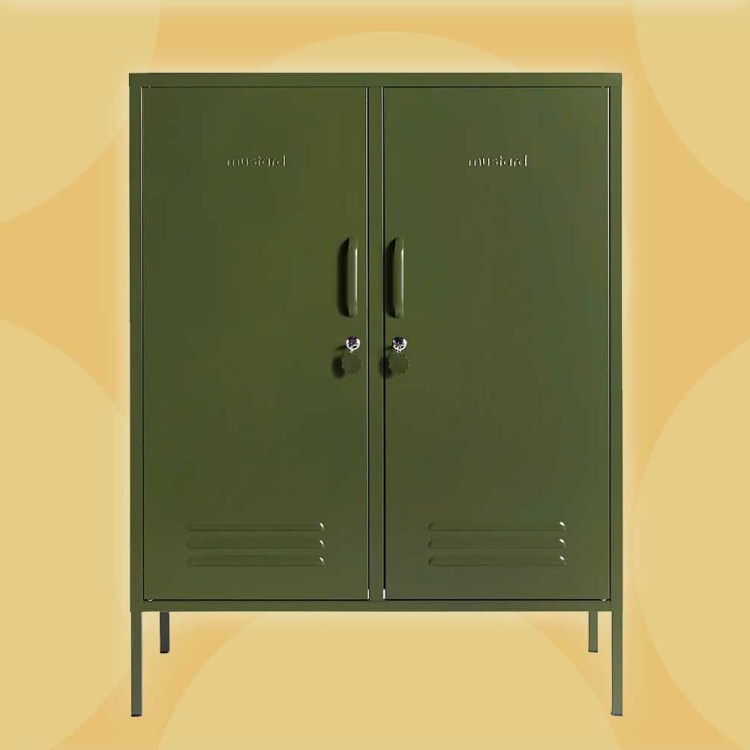Ever wonder why Formula 1 cars have “wings”?
It’s pretty simple. Basically, they function the same principle aircraft wings do, except in reverse: rather than providing lift, they’re configured to cause a downward force that keeps a car stable and grounded when it’s, say, cornering at close to 200 MPH.
But they also promote a fairly unsavory byproduct: drag, mortal enemy of all things quick and efficient.
In order to change that, the designers at Ariel Motor Company have forgone the traditional practice of installing massive wings onto their high-performance AERO-P (Aerodynamic Efficiency Requirements & Optimization Project) vehicle, instead equipping it with a pair of high-speed electric fans that essentially suck the car to the ground to hold it steady.
The fans work at any speed — including while the vehicle is stationary — and boost the AERO-P’s top speed and fuel efficiency while improving its cornering ability and stability.
Although it’s been nicknamed The Vacuum Cleaner, Ariel’s test car clearly doesn’t suck.
“When the system is turned on the car visibly squats on the ground so you can see it working,” company director Simon Saunders said in a release. “We’re already making about three times the downforce as aerofoils, but this really is just the first step and a very early stage in what is a large and complex project to bring to a production reality, so we have a lot more work to do.”
All of that said, the conceptual technology is a long way from being installed on any production models, so if you want a suction-cup supercar of your own, you’ll have to hotwire a Hoover.
This article was featured in the InsideHook newsletter. Sign up now.























